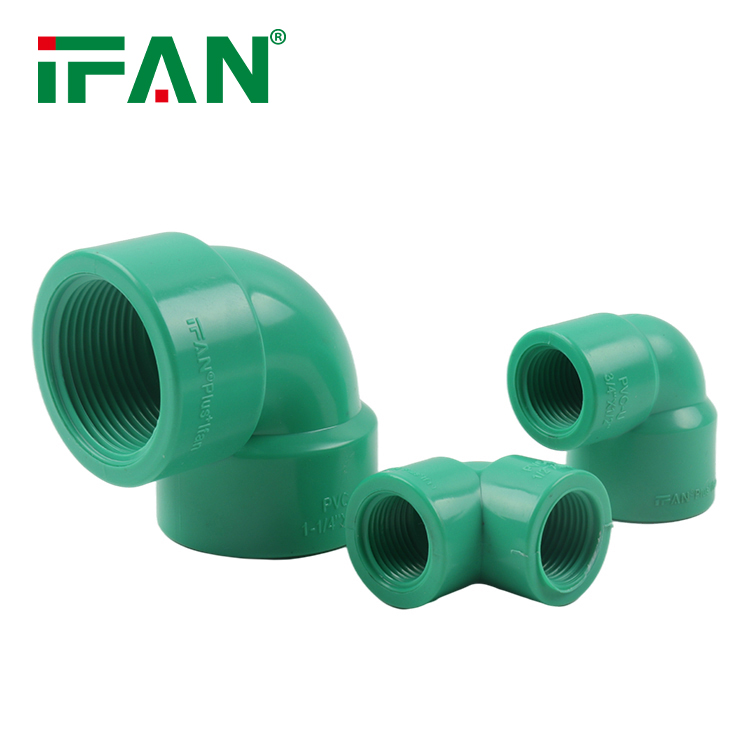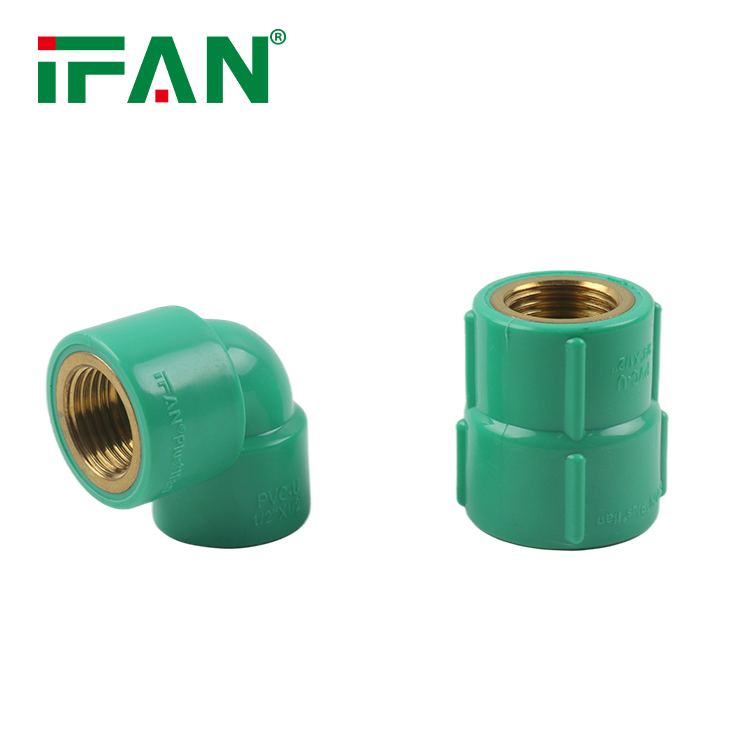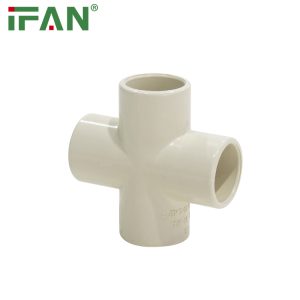Description
IFAN factory 30+ years manufacture experience support color /size customization support free sample.Welcome to consult for catalog and free samples.This is our Facebook Website:www.facebook.com,Click to watch IFAN’s product video.Compared with Tomex products, our IFAN products from quality to price are your best choice, welcome to buy!
Introduction to uPVC Fittings and Their Importance
uPVC (unplasticized polyvinyl chloride) fittings have become increasingly popular in construction due to their durability, resistance to corrosion, and excellent thermal properties. Used extensively in plumbing, drainage, and electrical applications, these fittings must adhere to specific regulatory standards to ensure safety, reliability, and environmental compliance. Understanding and implementing these regulations is crucial for builders, contractors, and project managers involved in construction projects.
Key Regulatory Standards for uPVC Fittings
In many countries, the use of uPVC fittings is governed by a range of standards set by national and international organizations. For instance, in the United States, the American Society for Testing and Materials (ASTM) provides guidelines for the manufacturing and testing of uPVC products. Similarly, the International Organization for Standardization (ISO) establishes criteria that ensure uPVC fittings meet quality and performance benchmarks. Compliance with these standards helps prevent issues such as leaks, structural failure, and health hazards, thereby safeguarding both the environment and public safety.

Environmental Regulations Impacting uPVC Fittings
One of the critical aspects of regulatory compliance for uPVC fittings involves environmental considerations. Many regions have enacted laws aimed at reducing the environmental impact of construction materials. In the European Union, for example, the REACH regulation mandates that manufacturers must register and evaluate the chemical substances used in their products, including uPVC. This ensures that any harmful chemicals are identified and managed appropriately. Failure to comply with these regulations can result in legal penalties and negative impacts on a company’s reputation, emphasizing the need for adherence to environmental standards.
Quality Assurance and Testing Protocols
To ensure compliance with regulatory standards, uPVC fittings must undergo rigorous testing and quality assurance processes. This includes testing for pressure resistance, temperature tolerance, and long-term durability. Manufacturers often conduct these tests according to specified protocols, such as ASTM D1785 for PVC pipes and fittings. Additionally, third-party certification from recognized bodies can further assure compliance with safety and performance standards. Regular audits and inspections are also essential to maintain compliance and verify that the manufacturing process adheres to regulatory requirements.

Consequences of Non-Compliance
Non-compliance with regulations regarding uPVC fittings can lead to significant consequences for construction projects. These may include fines, project delays, and even legal actions if a defective product leads to accidents or damages. Furthermore, non-compliance can tarnish a company’s reputation, making it difficult to secure future contracts. Therefore, it is vital for project managers and contractors to remain informed about applicable regulations and ensure that all materials, including uPVC fittings, meet the necessary compliance standards.
Conclusion: Ensuring Compliance for Successful Projects
In conclusion, regulatory compliance for uPVC fittings in construction projects is a multifaceted issue that encompasses various standards and environmental considerations. By understanding and adhering to these regulations, construction professionals can ensure the safety, reliability, and sustainability of their projects. Investing time and resources into compliance not only mitigates risks but also enhances the overall quality of construction, ultimately contributing to a safer and more efficient built environment. As the demand for sustainable and reliable materials continues to grow, compliance will play an increasingly critical role in the success of construction projects involving uPVC fittings.
Related products
-
CPVC ASTM2846
Revolutionizing Fluid Control: CPVC Fitting Valve
-
CPVC ASTM2846
What does compression size mean?












